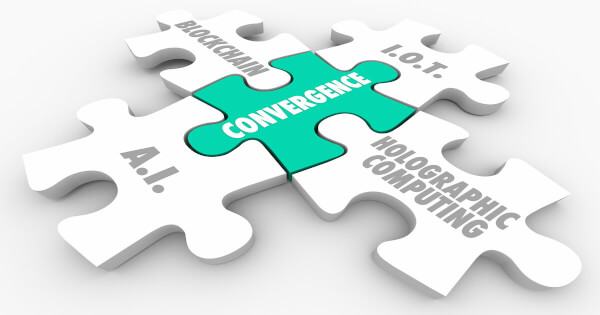Combining Blockchain with IoT and AI can Trigger More Accurate Weather Forecast, HashCash CEO Says
Brian Njuguna Oct 09, 2022 04:30
For accurate futuristic decision-making in weather forecasting, blockchain ledgers should be integrated with artificial intelligence (AI) and the internet of things (IoT), according to HashCash Consultants CEO Raj Chowdhury.

For accurate futuristic decision-making in weather forecasting, blockchain ledgers should be integrated with artificial intelligence (AI) and the internet of things (IoT), according to HashCash Consultants CEO Raj Chowdhury.

Chowdhury stated:
“Widespread proliferation of IoT sensors has successfully established its uses across the weather departments, while AI/ML is being used for forecasting. The last remaining thing is establishing “trust” in the data’s accuracy- which is something blockchain excels at with consensus protocols, immutability, and transparency.”
Since weather departments collect huge amounts of data needed for forecasting, blockchain technology can come in handy in accumulating weather-centric parameters, such as humidity, wind direction, temperature, and atmospheric pressure. This information can come in handy for logistics shipping and agriculture companies.
Furthermore, a decentralized blockchain ledger can render real-time transaction visibility. Chowdhury added:
“Reliable information has always been critical to success. The ongoing age of digital transformation may have revolutionized the way we acquire data, but everything is left to chance without validation. This is exactly why all top organizations in the world are already using blockchain.”
Meanwhile, the World Economic Forum (WEF) recently established a Crypto Sustainability Coalition to investigate the capability of Web3 and blockchain in tackling climate change, Blockchain.News reported.
The WEF noted that blockchain tools would propel transparency in the worldwide carbon credits market, whereas crypto mining would trigger renewable microgrids through off-peak demand and decentralization.
On the other hand, a report by Chainlink Labs and Tecnalia noted that blockchain technology could help fight the climate crisis through smart contracts. As a result, blockchain was expected to act as a stepping stone towards addressing economic complexities and interoperability when transiting to renewable energy.
Image source: Shutterstock.jpg)